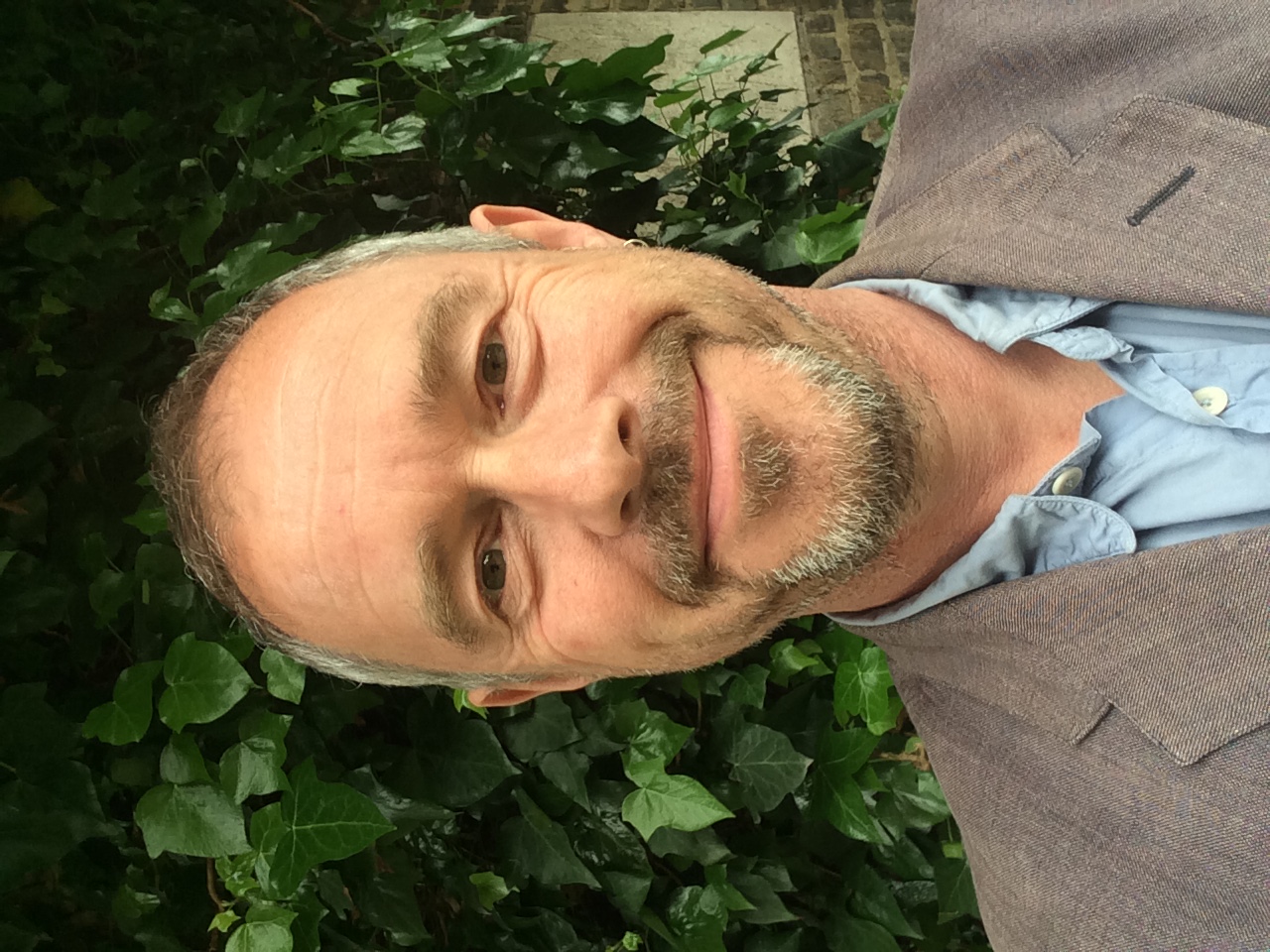March 2021
The sustainable use of resources should underpin the programme of the next Mayor of London. We have become a throwaway society and nowhere is this more apparent than in our capital city. The volume of waste produced by the average household has mushroomed in recent years, as has the size of our waste bins.
As we consume more and more, recycling has become ever more challenging for individuals as well as businesses. We need to move towards a ‘zero waste’ society and redouble efforts to reduce, reuse and recycle materials of whatever kind. This needs action by national Government, for example to reduce single use packaging through a deposit return scheme for drinks containers, but also concerted local action.
Our manifesto calls for the next Mayor of London to support a ‘Zero Waste Borough Scorecard’ to monitor and improve the performance of London Councils in managing and reducing waste streams. The London Environment Strategy makes a welcome commitment to making London a ‘zero waste city’ with no biodegradable or recyclable waste being sent to landfill by 2026 and with two thirds of London’s municipal waste being recycled by 2030. But we are currently well short of those targets.
The performance of individual boroughs varies widely across the capital but across the board, recycling rates are not improving fast enough. For example, collection of food waste, which along with green garden waste accounts for almost a quarter of all waste, can be highly effective in one council area yet non-existent in a neighbouring borough. This is a big missed opportunity for renewable energy generation and composting, as well as a major headache for householders. A ‘scorecard’ approach, modelled on the Healthy Streets Scorecard pioneered by coalition groups, can help identify key measures needed to reduce and manage waste and support needed for those boroughs struggling to adopt best practice.
How a city cares for its water resources is another key indicator of environmental sustainability. London still suffers from too many incidences of water pollution and there has been inadequate action to address the problem. Water run-off from roads is polluting London’s rivers and just one of our 41 river water bodies is classed as ‘good’ under the EU Water Framework Directive. Even flagship schemes like the wetlands at the Queen Elizabeth Olympic Park are not immune to nature-destroying discharges of raw sewage. In an advanced economy, you would expect the causes of these incidents to be easy to rectify – such as fixing pipe misconnections where wastewater pipes are illegally connected to a surface water drain. Yet, pipe failures and water leakage are far too common and the performance of Thames Water, the company responsible for water supply and waste water treatment in London, leaves a lot to be desired. The new Mayor must get on top of water pollution by holding Thames Water to account to help improve its performance.
Another form of pollution that is too often forgotten is light pollution. As well as wasting energy and causing serious nuisance, excessive, poorly designed and badly installed lighting is an issue that has been neglected for too long. Light pollution deprives us of the beauty of star filled skies, as well as disrupts nocturnal wildlife. While lighting performs an essential role in security and safety at night, there is no reason why we can’t have safe, well-lit streets with carefully designed lighting which reduces light pollution.
Our manifesto calls for the next Mayor to develop and promote best practice guidance to reduce light pollution and to help safeguard and extend dark sky areas. We want to see councils identifying selected green spaces and parks as ‘dark sky areas’ where controls over the use of highways or domestic lighting apply. Schemes in residential areas should also avoid excessive levels of lighting and be carefully planned and designed to avoid light pollution. Even in central London there is no reason why we need to obliterate our view of starry skies.
Neil Sinden is the Director of CPRE London.
Follow @CPRELondon and @AMoreNaturalCap.
To read the opening blog in this series that explores the issues in the 'A More Natural Capital' manifesto, click here. All blogs will be promoted through various social media avenues, including directly from our dedicated twitter feed @AMoreNaturalCap. You can also learn more about the leading candidates' stance on environmental issues at the Mayoral Environmental Debate on Monday 12 April.
The opinions expressed in this blog are the author's and not necessarily those of the wider Link membership.




Latest Blog Posts